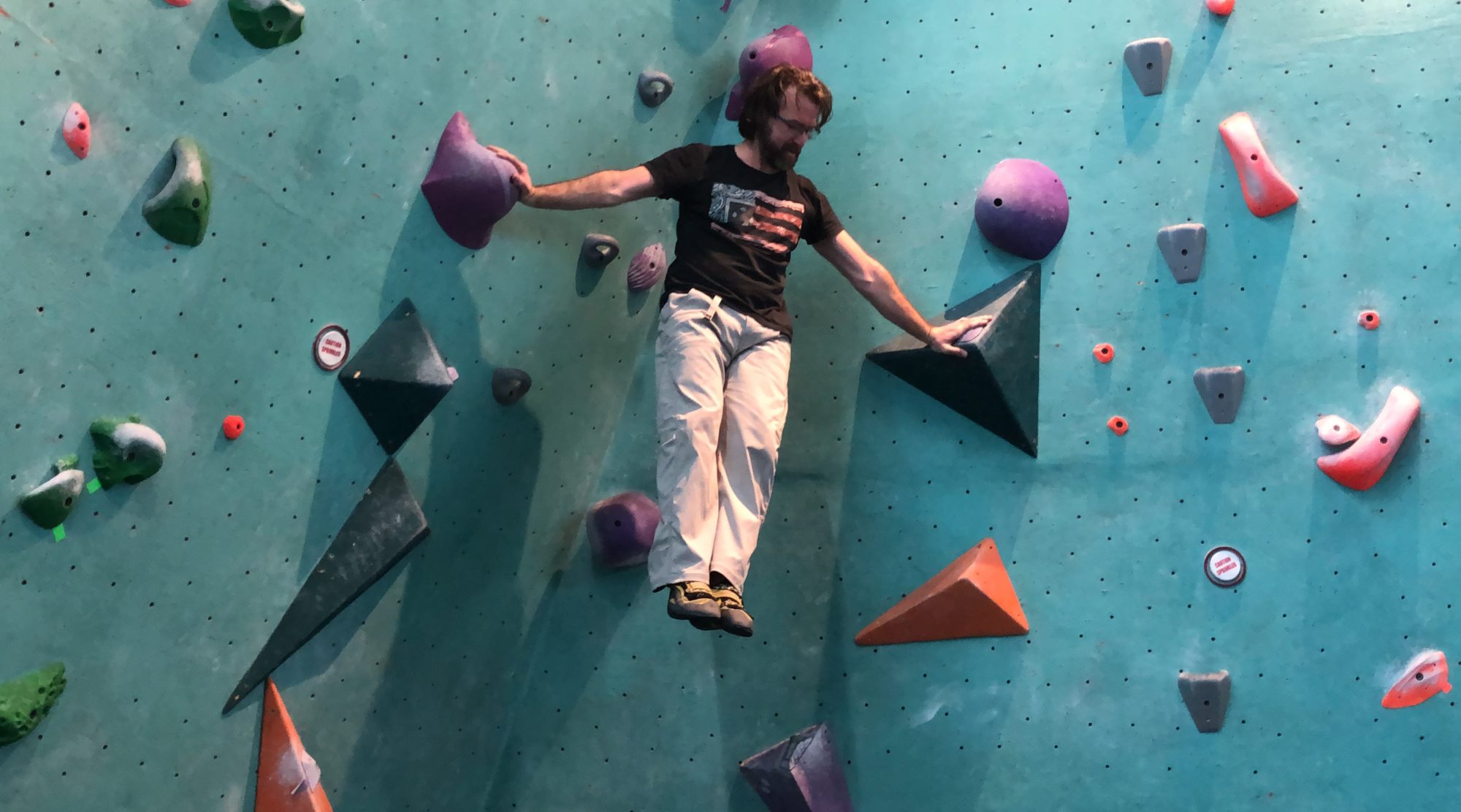Pain is not a bad thing. It is not a good thing either. Pain is a form of communication our bodies have with us to tell us something is going on. Sometimes it is from pushing ourselves to the extreme, the burn in our lungs and legs with a hard run or the two-day soreness from an intense strength training workout. At other times, pain is telling us something is wrong. The problem we encounter is not pain – it is our cultural disconnection from it. We cushion ourselves from pain every day: with our shoes, in our beds, with our chairs, and with pharmaceutical pain relievers. The moment pain enters our bodies we are searching for immediate ways to not feel it anymore. This cultural disconnection has removed us from our greatest line of defense against experiencing unneeded pain over the length of our lives… the ability to listen and learn to what pain is telling us.
Pain may be a sign of underlying issues.
I have experienced a great deal of physical pain in my life. The work I do today is founded from learning to manage the pain I felt in my life. In the beginning, I would ignore pain, continue to push myself harder and overcome it. This direction only led to more pain. As I grew older and more experienced in my practice I learned a simple lesson: I could not run away from my pain. The more I tried to ignore it, the larger it grew until I was absolutely forced to deal with it head on. The longer I let the pain fester, the greater the injury I found beneath it and the longer it took to heal and recover from that injury. I learned that pain is a signal of an underlying issue. Pain does not happen without reason; there is always a root cause. Find and fix the root cause of pain and the pain will be gone. Fix the injury beneath and there is no reason for pain to exist. Let the problem fester and the injury grows and the recovery becomes more challenging. The sooner one focuses on their pain, the sooner they are on the fast path to recovery and living pain free.
Most pain comes from postural dysfunction. It is the movements in our lives, or lack of movement, that causes pain. Our bodies were designed to move with great ranges of motion; with power, strength, and endurance. As a culture we do not use our bodies design purpose. We lay or sit motionless for most of our lives. We sit for long hours each day: in school, college, work, in our cars, on our couches and then in our beds. This lack of movement wreaks havoc on our posture. Over time our posture molds to the movement patterns, or lack thereof, we utilize the most. By not utilizing the functional design of our bodies we create injury within our posture. Over time this postural injury creates pain to let us know that something is wrong. Or bodies use pain to signal that something needs to change in our lives or the problem will get worse.
The tools to treat most pain are inexpensive and readily available.
With a foam roller, softball (or other massage tools), full body flexibility program, and an exercise program that incorporates functional movement patterns, the chronic pains associated with postural dysfunction can be managed very effectively.
[email_link]
Jesse James Retherford is a certified personal trainer and licensed massage therapist. For over 12 years, Jesse has been passionate about helping his clients reach their fitness and health goals.
Jesse specializes in chronic pain and injury management, movement assessment, corrective exercise, and advanced sports conditioning.
Jesse offers personalized programs designed to improve performance and efficiency, reduce chances of injury, and allow you to move pain free so you can re-engage fully with your life.
Reposting is permitted as long as it is posted in its entirety, including links, and author’s bio.

